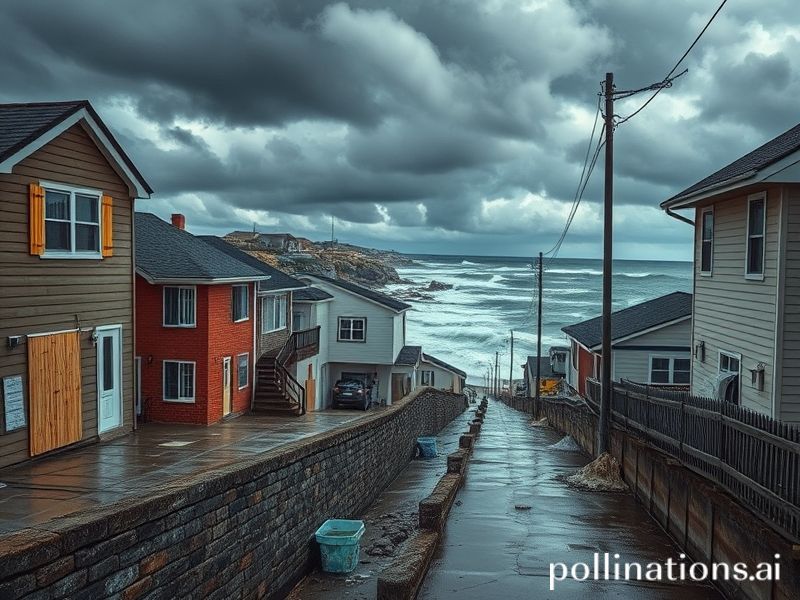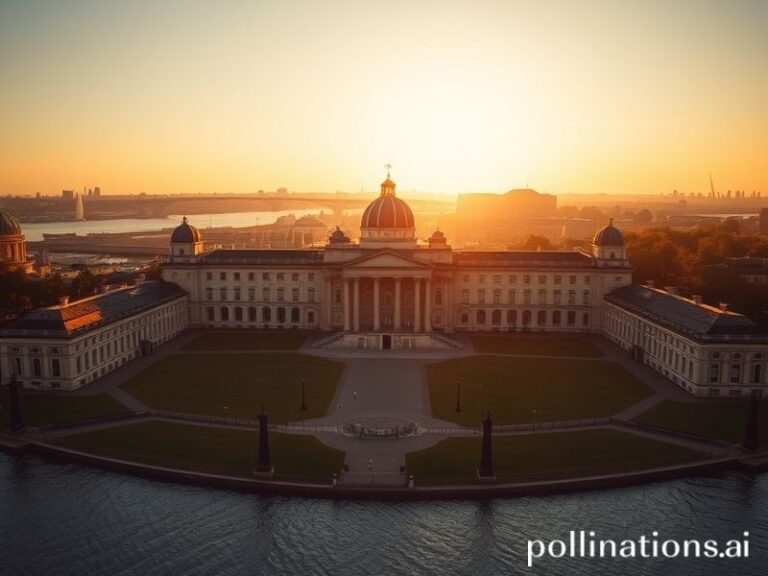When the Tide Turns: Why Coastal Flood Watch is the New Global Headline
**When the Tide Turns: Why “Coastal Flood Watch” is the New Black**
Alright, folks, let’s talk about the latest trend that’s got everyone from Florida to Fiji on edge—coastal flood watch. No, it’s not the name of a new indie band or a viral TikTok dance. It’s a real, pressing issue that’s been making waves (pun intended) across the globe. So, grab your raincoats and let’s dive in.
**Why’s Everyone Talking About It?**
First off, coastal flood watch isn’t just a buzzword for meteorologists to throw around like confetti at a parade. It’s a serious weather alert that’s been popping up more frequently than your ex’s name in your search history. With climate change cranking up the heat (and the water levels), coastal areas are feeling the squeeze. High tides, storm surges, and heavy rains are teaming up to turn streets into rivers and backyards into swimming pools—uninvited, of course.
**Cultural Context: From Beach Bums to Climate Conscious**
Remember when the biggest worry at the beach was getting sand in your sandwich? Those days are as gone as dial-up internet. Now, coastal communities are grappling with the reality of rising sea levels and more frequent flooding. It’s not just about ruined vacations; it’s about homes, livelihoods, and entire ecosystems going under.
Take Venice, for instance. The city of canals has been dealing with flooding for ages, but lately, it’s like Mother Nature decided to turn up the volume. High tides are flooding streets, and locals are left wondering if they’ll need scuba gear to get to the gelato shop. Meanwhile, in the U.S., places like Miami and New Orleans are bracing for impact, quite literally.
**Social Impact: When the Water Rises, So Do the Stakes**
Coastal flooding isn’t just a local issue—it’s a global one. And it’s not just about property damage (though, let’s be real, no one wants to explain to their insurance company why their house looks like a water park). It’s about displacement, economic disruption, and the very real threat to human life.
Imagine trying to run a business when your storefront is underwater half the year. Or trying to raise a family when your backyard is a flood zone. It’s a harsh reality that’s becoming all too common. And let’s not forget the environmental impact. Coastal ecosystems are some of the most diverse and delicate on the planet. When they’re disrupted, it’s not just the fish that suffer—it’s the entire food chain.
**Why Should You Care?**
You might be thinking, “I don’t live near the coast. Why should I care?” Well, buckle up, because climate change doesn’t discriminate based on zip code. Coastal flooding can lead to saltwater intrusion, which can contaminate freshwater supplies. It can also disrupt global trade, as many major cities and ports are located along coastlines. And let’s not forget the economic ripple effect—when one region suffers, it can send shockwaves through the entire global economy.
**The Silver Lining: Awareness and Action**
But it’s not all doom and gloom. The fact that coastal flood watch is trending means that people are paying attention. And awareness is the first step toward action. From investing in better infrastructure to advocating for stronger climate policies, there’s a lot we can do to mitigate the impact of coastal flooding.
So, the next time you see a coastal flood watch alert, don’t just scroll past it. Take a moment to think about what it means—not just for the people in the affected areas, but for all of us. Because when the tide turns, we’re all in the same boat.







